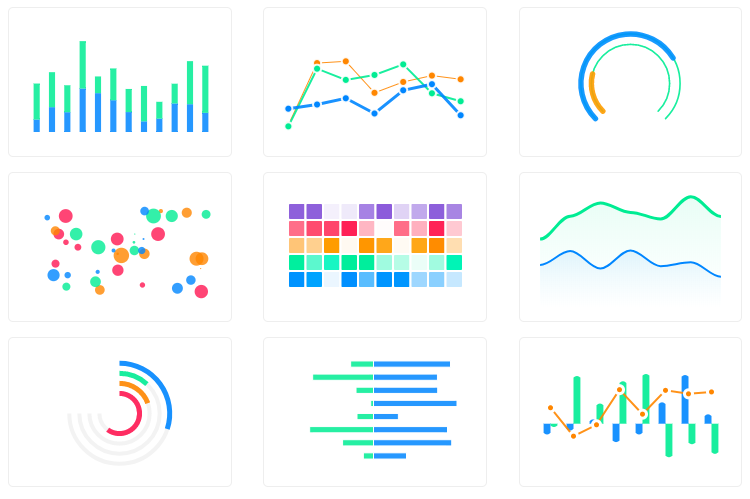Vue.js wrapper for ApexCharts to build interactive visualizations in vue.
npm install vue-apexcharts apexchartsimport VueApexCharts from 'vue-apexcharts'
Vue.use(VueApexCharts)To create a basic bar chart with minimal configuration, write as follows:
<template>
<div>
<apexcharts width="500" type="bar" :options="chartOptions" :series="series"></apexcharts>
</div>
</template>import VueApexCharts from 'vue-apexcharts'
export default {
components: {
apexcharts: VueApexCharts,
},
data: function() {
return {
chartOptions: {
chart: {
id: 'vuechart-example'
},
xaxis: {
categories: [1991, 1992, 1993, 1994, 1995, 1996, 1997, 1998]
}
},
series: [{
name: 'series-1',
data: [30, 40, 45, 50, 49, 60, 70, 91]
}]
}
},
};This will render the following chart
Simple! Just change the series or any option and it will automatically re-render the chart. Have a look at the below example to see this in action
<template>
<div class="app">
<apexcharts width="550" type="bar" :options="chartOptions" :series="series"></apexcharts>
<div>
<button @click="updateChart">Update!</button>
</div>
</div>
</template>export default {
data: function() {
return {
chartOptions: {
chart: {
id: 'vuechart-example',
},
xaxis: {
categories: [1991, 1992, 1993, 1994, 1995, 1996, 1997, 1998],
},
},
series: [{
name: 'series-1',
data: [30, 40, 45, 50, 49, 60, 70, 81]
}]
}
},
methods: {
updateChart() {
const max = 90;
const min = 20;
const newData = this.series[0].data.map(() => {
return Math.floor(Math.random() * (max - min + 1)) + min
})
const colors = ['#008FFB', '#00E396', '#FEB019', '#FF4560', '#775DD0']
// Make sure to update the whole options config and not just a single property to allow the Vue watch catch the change.
this.chartOptions = {
colors: [colors[Math.floor(Math.random()*colors.length)]]
};
// In the same way, update the series option
this.series = [{
data: newData
}]
}
}
};-
series -
Array(required) The series is an array which accepts object in the following format series: [{ name: 'visitors' data: [23, 44, 56, 75, 56] }] Thedataproperty inside series accepts a variation of formats. To know more about the format of dataSeries, checkout Series docs on the website. -
type -
String(required) chart type, possible values :lineareabarpiedonutscatterbubbleheatmapradialBar
-
width -
Number||StringPossible values for width can be
100%or400pxor just 400 -
height -
Number||StringPossible values for width can be
100%or300pxor just 300 -
options -
ObjectCharts's configuration object, see options on API (Reference)
Sometimes, you may want to call other methods of the core ApexCharts library, and you can do so on this.$apexcharts global variable directly
Example
this.$apexcharts.exec('vuechart-example', 'updateSeries', [{
data: [40, 55, 65, 11, 23, 44, 54, 33]
}])In the above method, vuechart-example is the ID of chart, updateSeries is the name of the method you want to call and the third parameter is the new Series you want to update.
More info on the .exec() method can be found here
All other methods of ApexCharts can be called the same way.
The repository includes the following files and directories.
vue-apexcharts/
├── dist/
│ └── vue-apexcharts.js
└── src/
├── ApexCharts.component.js
├── Utils.js
└── index.js
Basic Examples are included to show how to get started using ApexCharts with Vue easily.
To run the examples,
cd example
npm install
npm run servenpm installnpm run buildVue-ApexCharts is released under MIT license. You are free to use, modify and distribute this software, as long as the copyright header is left intact.






